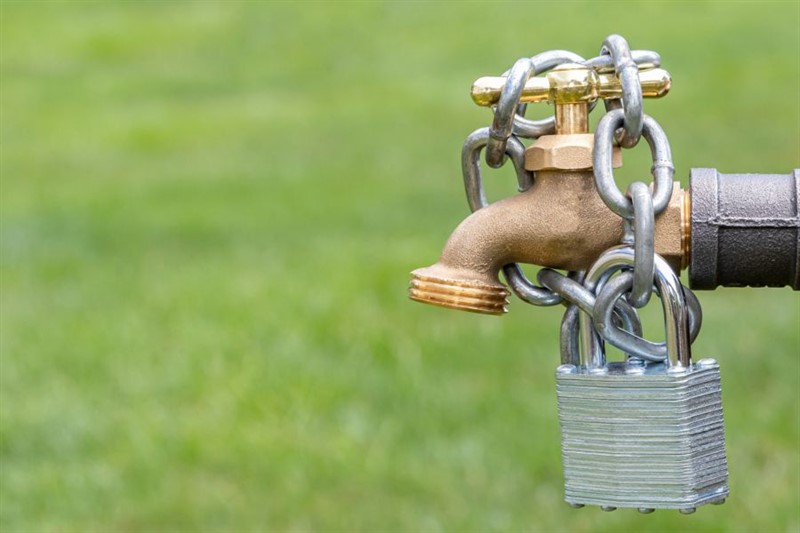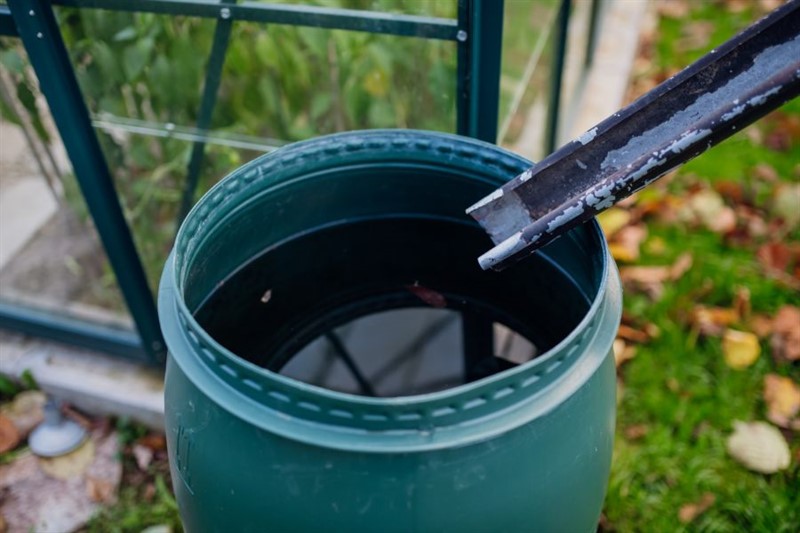Drought Information
Many waste management programs are financed through municipal taxes, so property taxpayers pay the cost of waste collection and disposal.
Alberta is currently developing policy changes to enable Extended Producer Responsibility (EPR) where legal obligations will be placed on producers to take responsibility for the end-of-life management for their products and packaging and encourages them to design products that are more durable and recyclable.
More information on recycling solutions found here.
Droughts occur when there's a prolonged period of very little rainfall, which can lead to various challenges for communities. It means there's not enough water for people to drink, for businesses to operate, and for farmers to irrigate their crops. This scarcity of water can also impact fish populations and crop growth, affecting our food supply. Additionally, low rainfall can decrease groundwater levels, which is a vital source of water for many regions.
When a community isn't prepared for drought, it can create serious problems, like not having enough water to fight fires or to maintain basic sanitation. In severe cases, it can even threaten public health and safety if there's not enough water for drinking or firefighting. So, it's crucial for communities to plan and manage their water resources wisely to mitigate the impacts of drought and ensure there's enough water for everyone, especially during emergencies.
A drought indicates a period of unusually dry conditions (compared to normal), resulting in water scarcity. Droughts deplete water resources such as:
- Rivers, streams, lakes, wetlands, and groundwater, Reservoirs and dugouts
- Irrigation canals
- Soil moisture

_Web.jpg)


